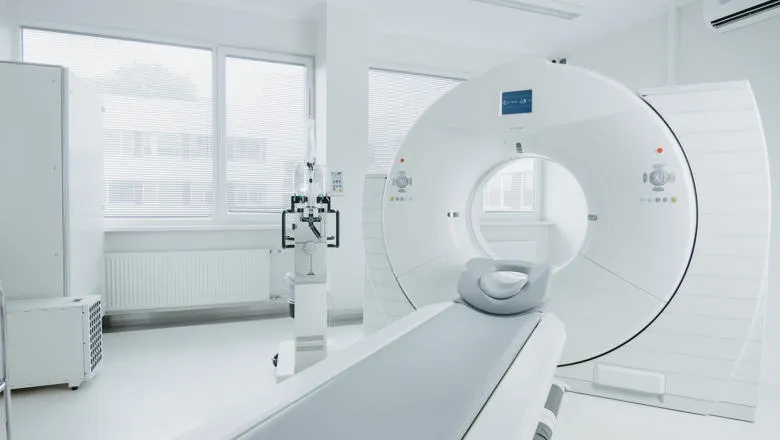With our research, we open a new frontier in understanding how vitamins behave in the body and their application of this new technique as a research tool for metabolic disorders, dyslipidaemia, obesity, diabetes, and cancer.
Dr Salvatore Bongarzone
16 July 2020
New research reveals in vivo trafficking of vitamins using positron emission tomography
First time study tracks vitamin's journey in the body

Vitamins are essential nutrients because they enable normal healthy bodily function.
They are involved in many biological processes such as energy production, metabolism and intracellular signalling pathways.
For example, vitamins B3 (niacin) and B7 (biotin) play roles both in physiological and pathological conditions, such as vitamin deficiencies.
“Everyone takes vitamins nowadays, but how they get from our food to the cells that need them has not yet been elucidated, until now,” Dr Salvatore Bongarzone, first author of a new paper looking at the journey of vitamins, said.
For the first time, researchers at the School of Biomedical Engineering & Imaging Sciences at King’s College London have developed a way to track the journey of vitamins B3 and B7 in the body with a cutting-edge noninvasive positron emission tomography (PET) biomedical imaging modality.
Using a cyclotron, a radiochemistry laboratory and a preclinical PET imaging scanner, the team was able to produce radiolabeled vitamins B3 and B7 by incorporating radioactive material into the molecules to see how the vitamins are distributed in living mice.
The researchers also monitored how radiolabeled vitamins behave when taken orally or by intravenous injection.
In one study published this week in The Journal of Medicinal Chemistry, the researchers observed that radiolabeled biotin quickly accumulates in the liver, kidneys, eyes, heart and brain.

Dr Bongarzone said they also saw it concentrate in brown fat [brown adipose tissue (BAT)].
Radiolabeled biotin might be used to monitor BAT activation which plays a key role in obesity and metabolic diseases.
Their second study published this week in the Journal of Nuclear Medicine and Biology tracked a different vitamin, niacin.
The team observed rapid niacin accumulation in the kidney, heart, eyes and liver.
Mice treated with the anticancer drug AZD3965 selectively decreased niacin uptake in heart and eyes which opens the prospect of optimising anticancer drug doses and minimising unwanted side-effects of these drugs.
“I anticipate that the availability of radiolabeled vitamins for PET imaging will change the path of patients with cancer, obesity and diabetes because if we can understand better the role of vitamins in these diseases and how they behave, we can also understand better how these diseases evolve and therefore design and evaluate new drugs,” Dr Bongarzone said.
“Also, it will enable, for the first time, a science-led approach to recommend the optimal daily consumption of over-the-counter vitamins.”
Niacin, for instance, has been used as a drug for preventing atherosclerosis and delaying the progression of heart disease by increasing the level of “good” cholesterol in the blood.
Dr Bongarzone said with the information from his study, researchers can also monitor renal, cardiac and liver function in patients with cardiovascular disease, particularly considering clinical studies suggesting a benefit of niacin use in these diseases.
This research was partially funded by the Centre for Medical Engineering.
